In today's fast-paced technological landscape, enhancing your drone technology solutions is essential to staying competitive.
Elevate Your Business with Advanced UAV's Leveraging 4.5 Decades of Innovations
DronYug
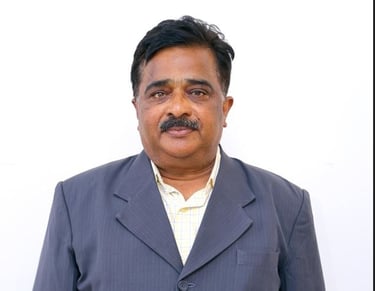

Pallanti S Rao, Founder & Director
UAV Research & Development Lab
With over 45 years of ground-breaking innovations, we are at the forefront of transforming how drones are utilized across various industries.
Our expertise combines cutting-edge advancements with practical applications, ensuring that our clients can leverage the full potential of drone technology and enhance aerial capabilities, with our solutions designed to meet the evolving demands of the market.
By integrating our extensive experience with the latest trends, we empower businesses to embrace the future of drone technology and achieve unprecedented efficiencies and effectiveness.
Discover how you can elevate your operations and capitalize on the limitless possibilities that advanced drone solutions have to offer.
Explore URDL
Passionate
Focussed
Expert
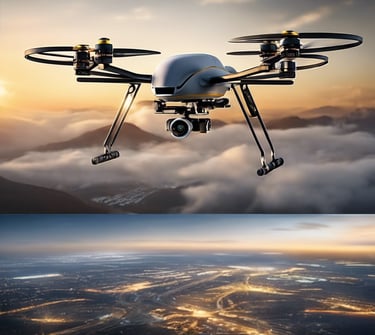
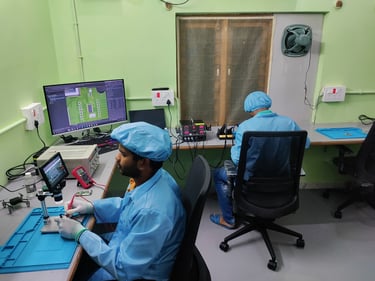
Clear
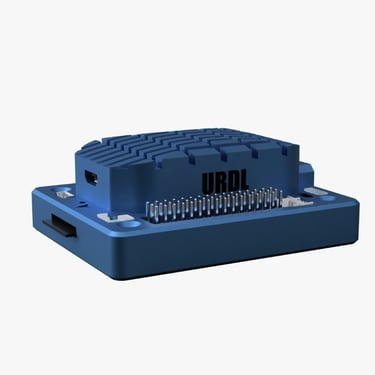
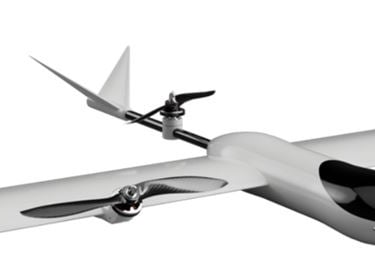
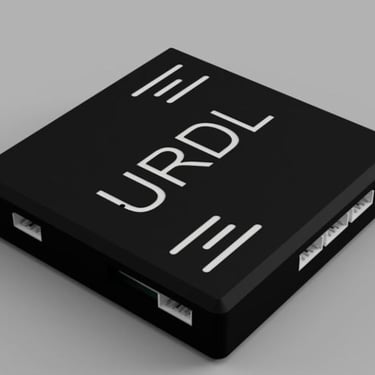
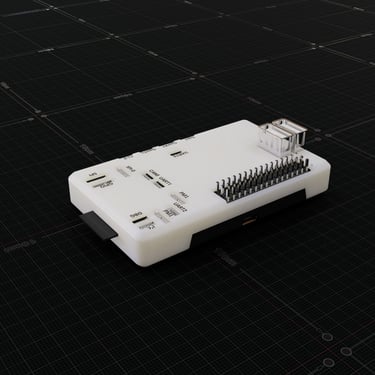
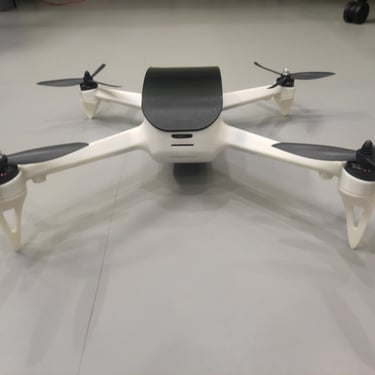







Innovations for paving the way for a more equitable and thriving society, and enhanced quality of life
The Vision We See
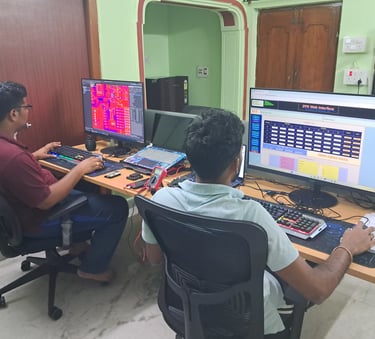

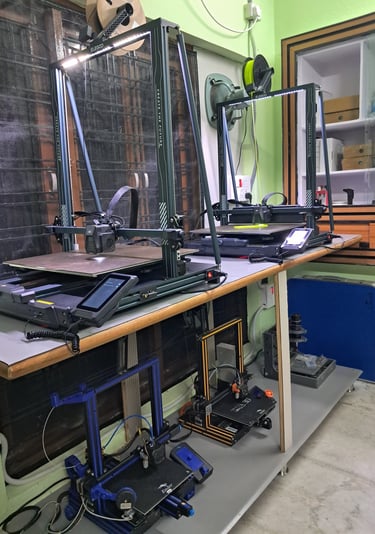

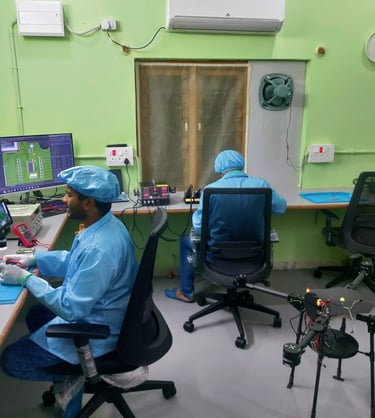

Our vision is to create a cutting-edge research facility that not only enhances the capabilities of drone technology but also accelerates innovation and collaboration within the sector, ultimately driving growth and efficiency across industries.
Steve Jobs once said: “Innovation has nothing to do with how many research and development (R&D) dollars you have. When Apple came up with the Mac, IBM was spending at least 100 times more on R&D. It’s not about money. It’s about how you’re led.”
In the rapidly evolving landscape of drone technology, the demand for swift, market-ready solutions is soaring. To meet this urgent need, robust in-house research support is essential for promoting development and adoption across diverse industries. Having dedicated over a decade to drone development and supporting UAV start-ups in the country, we have encountered first-hand the significant challenges resulting from insufficient support within the ecosystem. Acknowledging this critical gap, URDL is poised to establish itself as a pioneering, privately owned research lab, utilizing its extensive experience in unmanned systems. By fostering innovation and providing necessary resources, URDL aims to enhance the growth and competitiveness of drone technologies in the market.
The Mission We Move ON
At URDL, we believe that realizing a vision is like making a dream come true. Our dedicated team, led by an industry veteran, is tirelessly constructing the essential laboratory infrastructure that is vital for groundbreaking advancements. We prioritize the design and development of foundational technologies that utilize embedded platforms, tools, and techniques. This unwavering commitment enables us to produce innovative solutions that tackle complex challenges while fostering a culture of continuous improvement. Our dedication not only enhances our capabilities but also positions us as leaders in the technology landscape. Together, we are forging a future where transformative ideas are not just envisioned but brought to life, creating a lasting impact in our industry and beyond.
“Your most unhappy customers are your greatest source of learning.” – Bill Gates, Microsoft Founder, and former CEO.
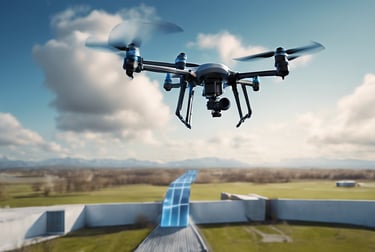
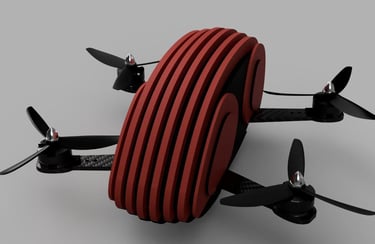
Building foundation for innovative Drone Applications
In the current competitive market, companies face substantial hurdles in developing drones with over 70% indigenous content. As the demand for drone technologies continues to escalate, striking a balance between cost and quality becomes essential. The UAV Research and Development Lab (URDL) is committed to tackling these challenges by focusing on cost-effective solutions that maximize the advantages of drone usage. By prioritizing innovative research and development, URDL aims to improve the performance and affordability of these aerial systems, catering to both domestic and commercial needs. Through strategic initiatives, URDL aspires to establish itself as a leader in the drone industry, ensuring that their solutions not only meet current demands but also pave the way for future advancements in drone technology.20
The Goals We Target
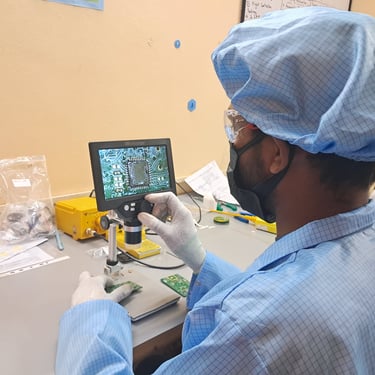

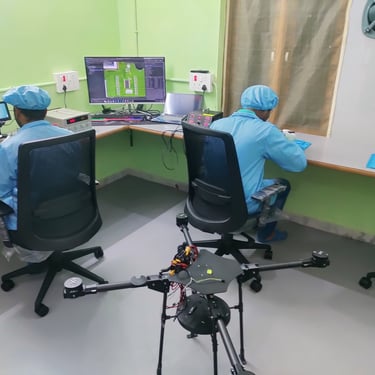
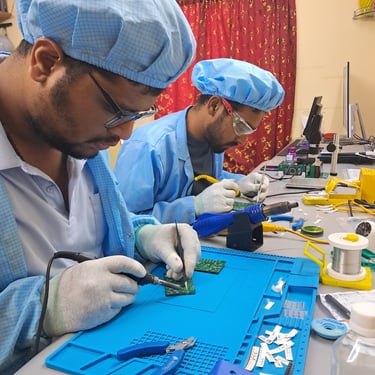
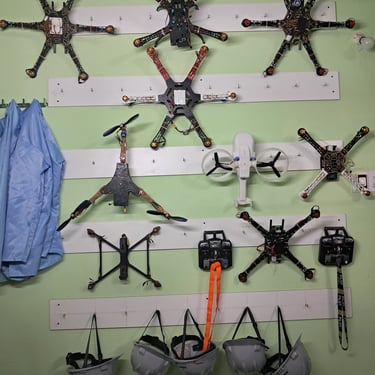
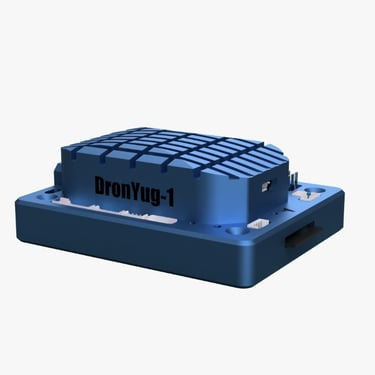
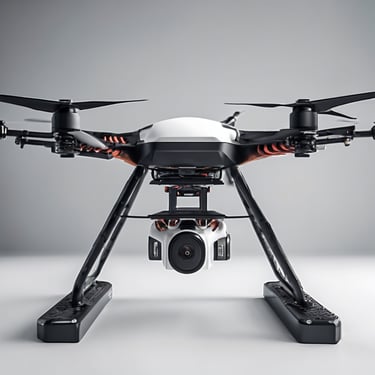
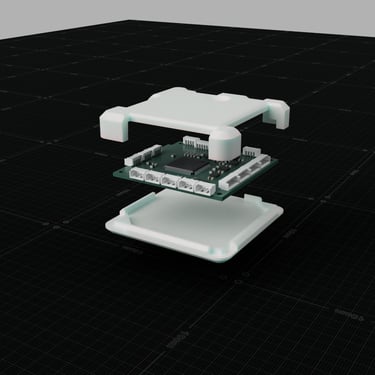
In research endeavours, effective leadership with a passionate team environment serves as a crucial enabler for achieving successful outcomes, particularly in specialized aero-space technology domains like drones. URDL stands out in this landscape, boasting an industry veteran with extensive experience in niche areas such as control systems, guidance and navigation, flight software, modelling and simulation, and post-flight analysis empowered by a team of young passionate research associates. The team's passion for exploring the drone space & pro-active contribution provide invaluable support, fostering innovation and driving projects to fruition in complex technological environments. With a strong leadership foundation, URDL is well-positioned to navigate the intricacies of the industry and propel cutting-edge advancements.
The Enablers We Depend
Setting up a privately owned R&D centre, for aerospace in particular, presents significant challenges, particularly in getting the right resources, team organization and fostering a proactive work environment. Success relies heavily on self-motivation and passion for technology from every team member. URDL's ability to realize its vision and mission is largely attributed to the founder's extensive experience, complemented by a dedicated team of passionate executive research associates. This combination of experience and expertise creates a formidable advantage; while experience alone can be a strong asset, the symbiosis of both expertise and experience can be a true game changer. By cultivating a culture of innovation and collaboration, URDL is well-positioned to tackle the complexities of technology advancement and drive impactful results in the ever-evolving tech landscape.
Founder Director


Pallanti S Rao






The young and dynamic enablers of URDL, the pillars under construction - passion is their qualification, slogging is their hobby and success is their remuneration - the key attributes any true researcher should have. Drone flying being a child-hood hobby, they began their experiments with various flight controllers from the very first year of engineering picking up the skills in embedded hardware, building custom autopilots from PCB level using the readily available high-end microprocessors & micro controllers. They mastered the art of 3D printing enabling building various prototype drone platforms for autopilot design validation through field flight tests creating a rapid-development environment
Associate Director
Vinay, Senior Research Associate
With over 16 years of experience as a passionate systems engineer, one of the key enablers of URDL, Vinay had honed his skills in systems engineering, integration, and field testing, enjoying the pains of R&D slogging in the lab & field, at customers demo for several hundreds of hours throughout his journey of UAV research, gaining excellent grasp over market needs and end-user pains. Vinay's UAV journey began becoming part of the pioneering team of UAV division at Tata A&D. His expertise spans both in-house autopilots and internationally recognized systems, contributing to cutting-edge advancements in the field. His key focus area had been in UAV propulsion, where he had the privilege of testing and tuning engines that power UAVs manufactured in the United States. This combination of practical experience and technical knowledge enables him to deliver innovative solutions in the rapidly evolving UAV industry, ensuring optimal performance and reliability.
Harshith, Research Associate
Sravan, Research Associate
Manish, Research Associate
Executive Director
Executive Director
Executive Director


Chakri, dynamic & passionate Electronics & Communication Engg graduate with a passion for embedded real-time systems, control design, robotics, and AI, enables URDL with his over five years of software development experience, including senior roles at Nice/ Nortek Control and TCS. He excelled in developing Smart Factory solutions, IoT, edge/cloud drivers, and the 2GIG Edge home automation panel. Currently, pursuing Master's in Electrical and Computer Engineering at San Diego State University, focusing on control systems, robotics, computer vision, and machine learning. Very passionate to contribute to innovative projects and connect with industry professionals to explore new opportunities, picks URDL as his first Industry to offer his ideas & solutions as a consultant but soon to become a pillar of URDL joining the young team.


Chakri, Consultant
Avinash, Research Associate - Intern



The Ecosystem - We Contribute To
Know Our Research Focus ?
In today's rapidly evolving technological landscape, the potential of scientific & technological achievements, especially in UAV technology, is at risk of being overlooked. Without a supportive ecosystem, innovations can easily dwindle into footnotes in academic journals or patents. To truly incorporate these advancements into our lifestyle and maximize their economic benefits, it is crucial to establish a well-structured infrastructure. This encompasses the creation of industries and organizations dedicated to building UAVs and drones, along with implementing effective policies that encourage their adoption across various sectors. By recognizing the importance of such measures, the URDL is committed to fostering a collaborative environment that enhances the value of drone technology, ultimately contributing to economic development and improving societal outcomes.
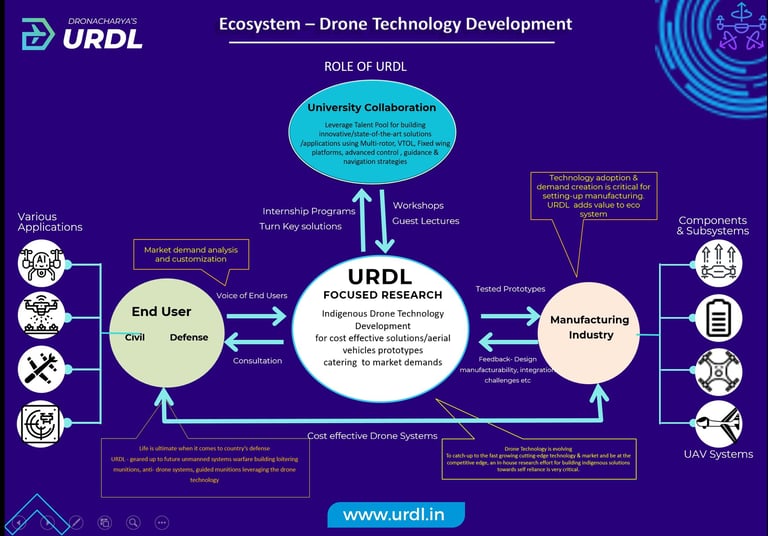


Inspiring ?
How About Sharing Your Views - Your Contribution to this endeavour can be a game changer that could revitalize our Drone/UAV Industry
The innovation of drones has the potential to revolutionize social transformation and improve living conditions across the globe. These advanced aerial technologies can enhance various sectors, including healthcare, agriculture, and disaster response. For instance, drones can efficiently deliver medical supplies to remote areas, ensuring timely access to essential healthcare services. In agriculture, they assist in monitoring crop health and optimizing resource use, leading to increased food production and sustainability. Additionally, drones can play a crucial role in disaster management by providing real-time data and surveillance, which helps first responders coordinate effective relief efforts. As we embrace the possibilities of drone technology, we are paving the way for a more equitable and thriving society, where innovation drives positive change and enhances the quality of life for all individuals.
Write your text here...
Predict the future
You didn’t come this far to stop
### Knowledge Sharing Initiative: Insights from a Veteran in Unmanned Systems In a world increasingly defined by technological advancements, the unmanned systems space stands out as a frontier ripe with potential and innovation. As someone who has navigated this field for over four decades, I believe that the sharing of knowledge and experience is essential not only for the growth of individuals but also for the evolution of the industry as a whole. This initiative aims to foster collaboration and learning among current and aspiring professionals, ensuring that the lessons learned over the years are passed down and built upon. #### The Evolution of Unmanned Systems The journey of unmanned systems began with rudimentary remote control devices and has since evolved into a sophisticated network of autonomous systems that are transforming industries ranging from agriculture to defense. Understanding this evolution is crucial for professionals entering the field today. Insights into the technological advancements—such as improvements in sensor technology, software algorithms, and artificial intelligence—provide a historical context that informs current practices and future trends. #### Key Lessons Learned 1. **Adaptability is Essential** The unmanned systems field is characterized by rapid technological changes. What was revolutionary a decade ago can become obsolete overnight. Professionals must cultivate a mindset of adaptability, staying current with trends and being willing to pivot their strategies as needed. 2. **Collaboration Drives Innovation** The complexity of unmanned systems often requires a multidisciplinary approach. Thus, fostering collaboration across different sectors—engineering, software development, ethics, and policy—can lead to innovative solutions that no single discipline could achieve alone. 3. **Understanding Regulatory Landscapes** Navigating the regulatory environment surrounding unmanned systems is a vital component of success. From airspace management to privacy concerns, understanding the implications of legislation can make or break a project. Active participation in policy discussions is encouraged to help shape a favorable environment for innovation. 4. **Emphasizing Safety and Ethics** As unmanned systems become more prevalent, considerations of safety and ethical implications are paramount. Professionals must prioritize safety in design and implementation, while also engaging in ethical discussions about data privacy and the societal impacts of autonomous technologies. 5. **Continuous Learning and Development** The learning process does not end with formal education. Continuous professional development through courses, webinars, and workshops is essential. Furthermore, mentorship plays a critical role in nurturing the next generation of unmanned systems experts. Sharing real-world experiences and insights can significantly enhance learning outcomes for mentees. #### Engaging the Community Creating a community of knowledge share is crucial for the continued advancement of unmanned systems. Here are several strategies to encourage participation: - **Workshops and Seminars:** Host regular workshops and seminars where veterans and newcomers alike can discuss current trends, challenges, and innovations in the field. This not only fosters learning but also helps build connections among professionals. - **Online Platforms and Forums:** Develop online forums or social media groups dedicated to unmanned systems, where members can ask questions, share resources, and collaborate on projects. This creates an accessible space for ongoing dialogue and knowledge exchange. - **Mentorship Programs:** Establish formal mentorship programs that pair seasoned professionals with newcomers. This ensures that invaluable knowledge that might otherwise be lost is preserved and disseminated effectively. #### Looking Ahead: The Future of Unmanned Systems As we look to the future, it is clear that the unmanned systems field will continue to grow and evolve. Emerging technologies such as 5G, blockchain, and advanced machine learning are set to redefine impossible boundaries. However, the greatest advancements will come from how well we share our collective knowledge and experiences. This initiative aims to create a roadmap for learning that not only preserves the wisdom gained over the years but also builds a collaborative community dedicated to innovation and ethical practices. In conclusion, the unmanned systems space is not just about technology; it is about the people who drive its development. By actively engaging in knowledge sharing, we can empower the next generation, foster innovation, and shape a future where unmanned systems are used responsibly and effectively across all sectors. Together, let’s embark on this journey of sharing insights, experiences, and expertise to propel our industry forward.
